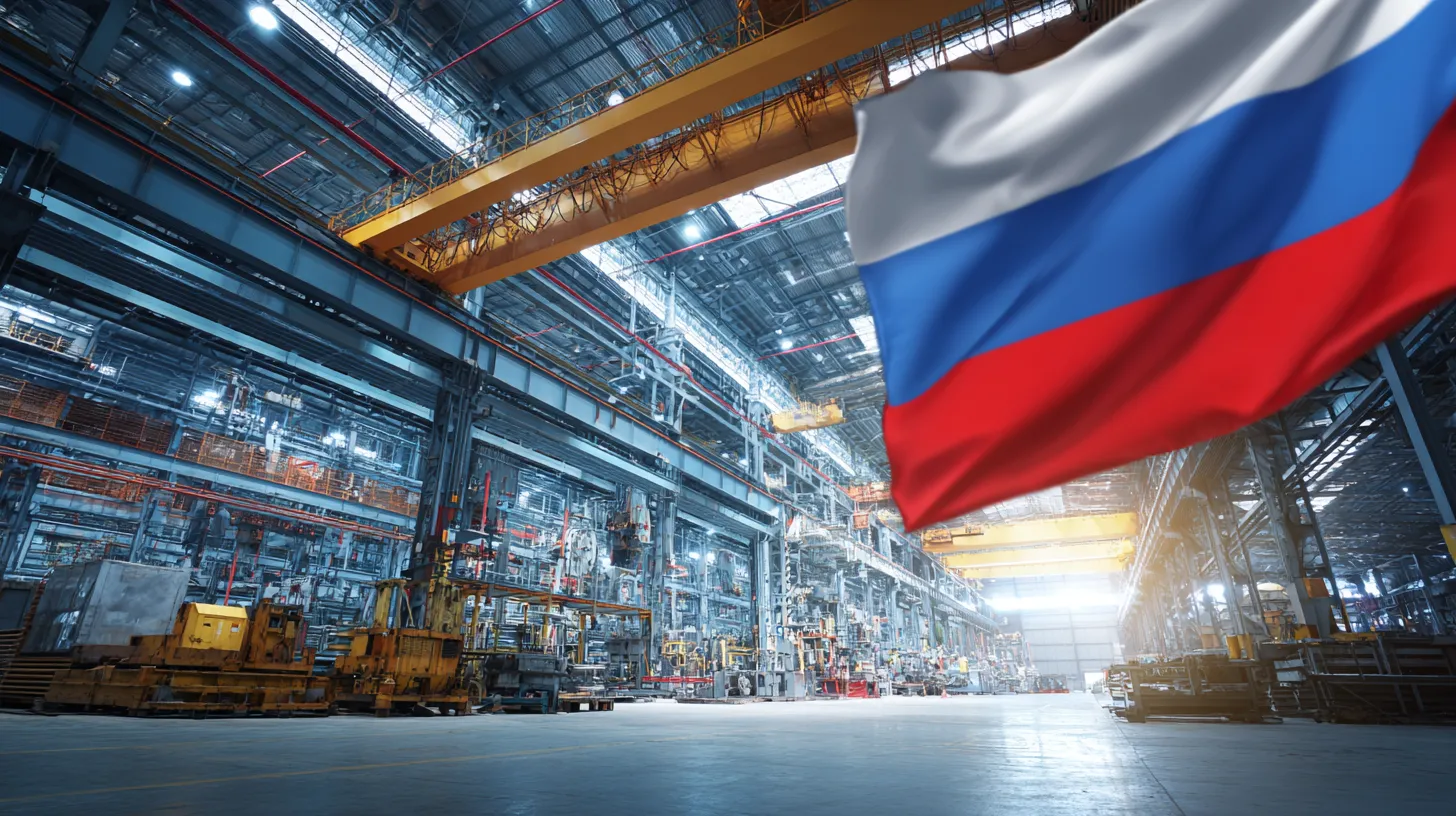Tatiana Vinnitskaya, an expert in the field of foreign economic activity, presented a detailed overview of 10 key branches of mechanical engineering, from metalworking and agricultural machinery to packaging and mining equipment.
There is still a high dependence on imports in the segment of metalworking machines. China has taken up to 75% of the supply share, and local production covers only basic models. The problem remains high-precision CNC systems, which Russia is not yet able to produce in the required volume.
Mass-class road construction equipment (loaders, excavators) has already been almost completely replaced by Chinese analogues. However, specialized equipment and ultra-classes still require import, and the availability of local service is becoming a key factor.
Agricultural machinery shows the best balance: almost half of the machinery is Russian. At the same time, China is a leader in the supply of medium-capacity tractors. The bottleneck is the powerful units and their seasonal maintenance.
Oil and gas equipment shows partial localization, especially in the pump and compressor segment. But large turbines and LNG units remain critically dependent on external supplies. Here, the bet is on EPC contracts and turnkey service with Chinese partners.
Industries with the highest dependence on imports include compressors, plastic processing equipment, packaging, woodworking, and industrial automation. In these areas, Russia is almost completely dependent on external manufacturers, especially in terms of high-precision, certified solutions.
The analysis showed that in a number of industries, import substitution actually means a change of supplier — from the West to the East. China has become the main source of equipment, replacing manufacturers from the EU and the USA. At the same time, local production is growing mainly in the mass and medium segment.
The forecast up to 2030 realistically assesses the possibility of replacing some of the equipment, especially in niche and typical tasks. However, in the field of high-end solutions (CNC, pharma, LNG, microelectronics), it is not worth waiting for a complete rejection of imports. The maximum that can be counted on is partial localization, cooperation and flexible forms of cooperation.
The main conclusions for business are that it is important to consider not only the purchase price, but also the total cost of ownership, including downtime, availability of services and availability of spare parts. An effective strategy is a balance of local production, imported solutions, and smart supplier management. Those who are able to build such a configuration will be able to maintain stability and competitiveness in the period up to 2030.









